
Executive Director, Susanne, is now traveling in Tanzania visiting water projects. Feb. 20-22.
The last couple of days, I’ve been visiting projects with our Tanzanian partner, KINNAPA. The organization is an abbreviation of the six founding villages; Kibaya, Kimana, Njoro, Ndaleta, Namelock and Partimbo. Their mission is to contribute to the improvement of the quality of life for the pastoralists, hunter gatherers and small scale agriculturists while ensuring community participation in development projects, gender balance, accountability, natural interests and sustainable resource management.
The water coverage in the district of Kiteto is dismally low with only about 36% having access to clean and safe water. The area is densely populated and it seemed every W2T well I visited, the well served over 1,000 individuals. Although I am mainly focused on visiting completed well projects, I also like to visit villages requesting a well. Engangu’engare is a Maasai village currently without a clean water source. The population is over 4,000 and there is an elementary school of 1st – 4th grades of over 300 students. I spoke to village leaders, women, the school headmaster, village doctors and others.
The Maasai are a distinct tribal group easily recognizable from their unique culture, customs and dress. The shuka is a type of wrap and typically is a plaid of red or green. Sometimes it is all they wear especially if they are a young male or warrior. The women are adorned with extensive jewelry including chandelier earrings which remind me a bit of the shiny scales of fish. They sparkle and reflect in the sunlight. They also adorn themselves with beads and metal bracelets. The women also shave their heads bald. The men wear earrings and jewelry, too, but not nearly as flashy as the women. I first thought they were dressed up for visitors but as I travel along the roads, I see Massai women dressed similarly whether walking or simply performing regular chores. Some peculiarities I observed was that many of them have missing front, bottom teeth. When I asked about it, the explanation was it is supposed to make administering medicine easier.
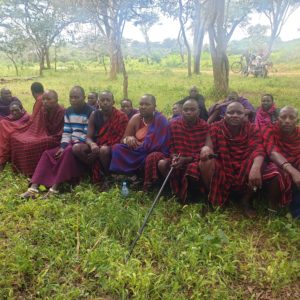
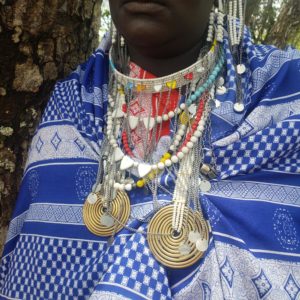
This village has never had a clean water source. The women shared that during the dry season, sometimes they walk over 15 kilometers for water. Traditional hand-dug wells are common in this area of Tanzania, but I’m here during the rainy season and many of the streams and traditional hand-dug wells are dry. One of the villagers shared that they feel as though God has punished them and they don’t know what they’ve done wrong. It broke my heart to hear that they feel at blame. They also shared that they think I was sent by God to help them. I have faith that Water to Thrive and our donors will make sure that these very deserving people have clean water soon.
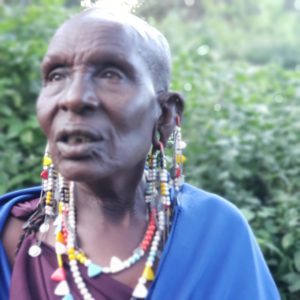
After showing me their school and dispensary and sharing stories relating to water, we also shared a meal. We had goats in all its forms – roasted and fried, along with fresh milk. The diet of the Maasai consists mainly of meat, milk, blood and fat. They move with their herds to follow the grazing lands, but the women and young children stay behind in the villages. As I sit amongst the Maasai and exchanged smiles, I realized that people all over want the same thing: good education, health for their children and for the lives of their children to be easier that what they’ve experienced. I also sometimes pinch myself as it seems surreal. Grateful and humbled to be a servant of God.
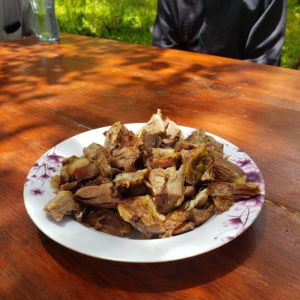
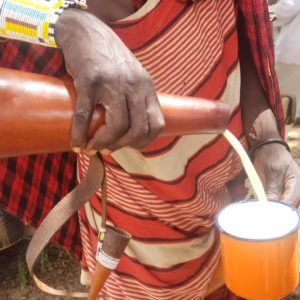

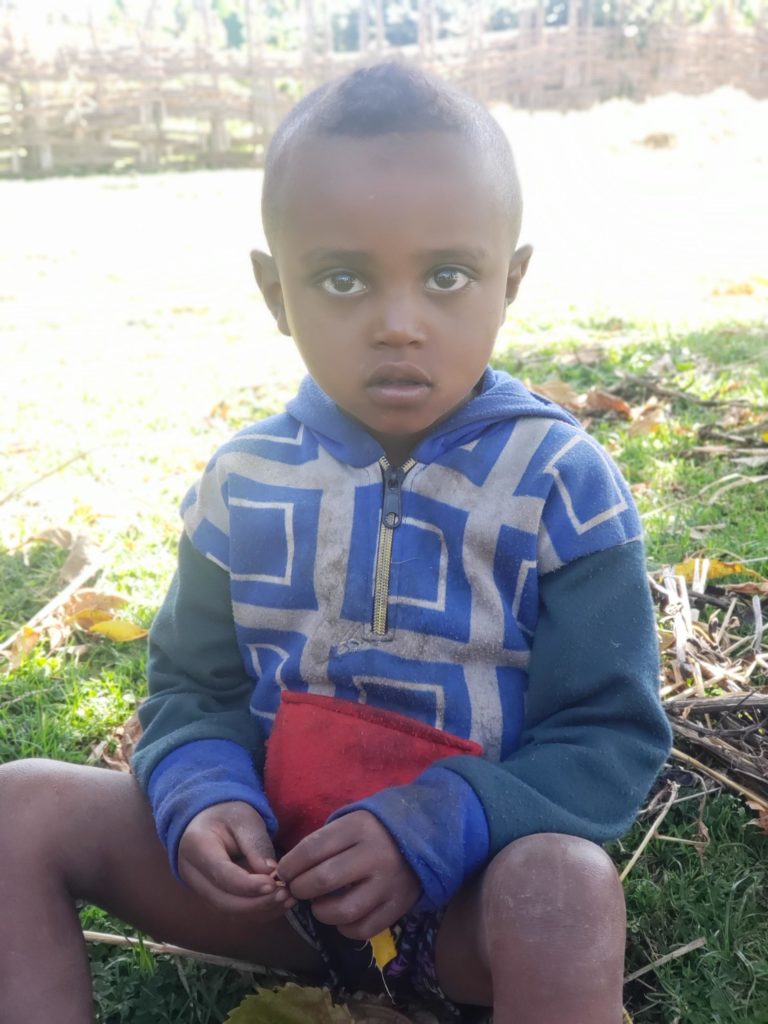
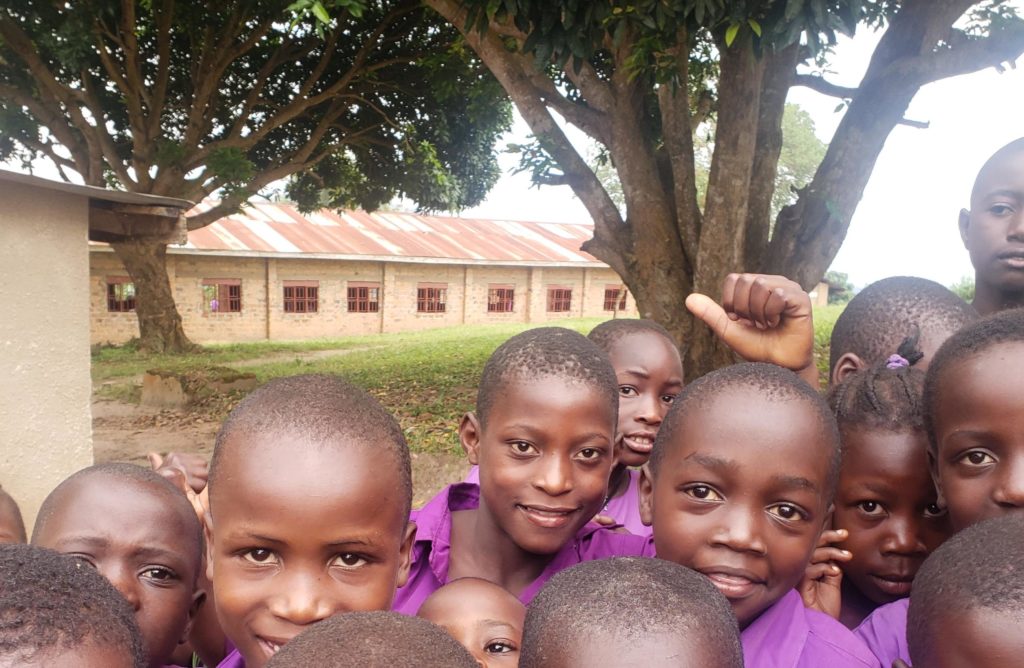
About The Author: Water to Thrive
More posts by Water to Thrive